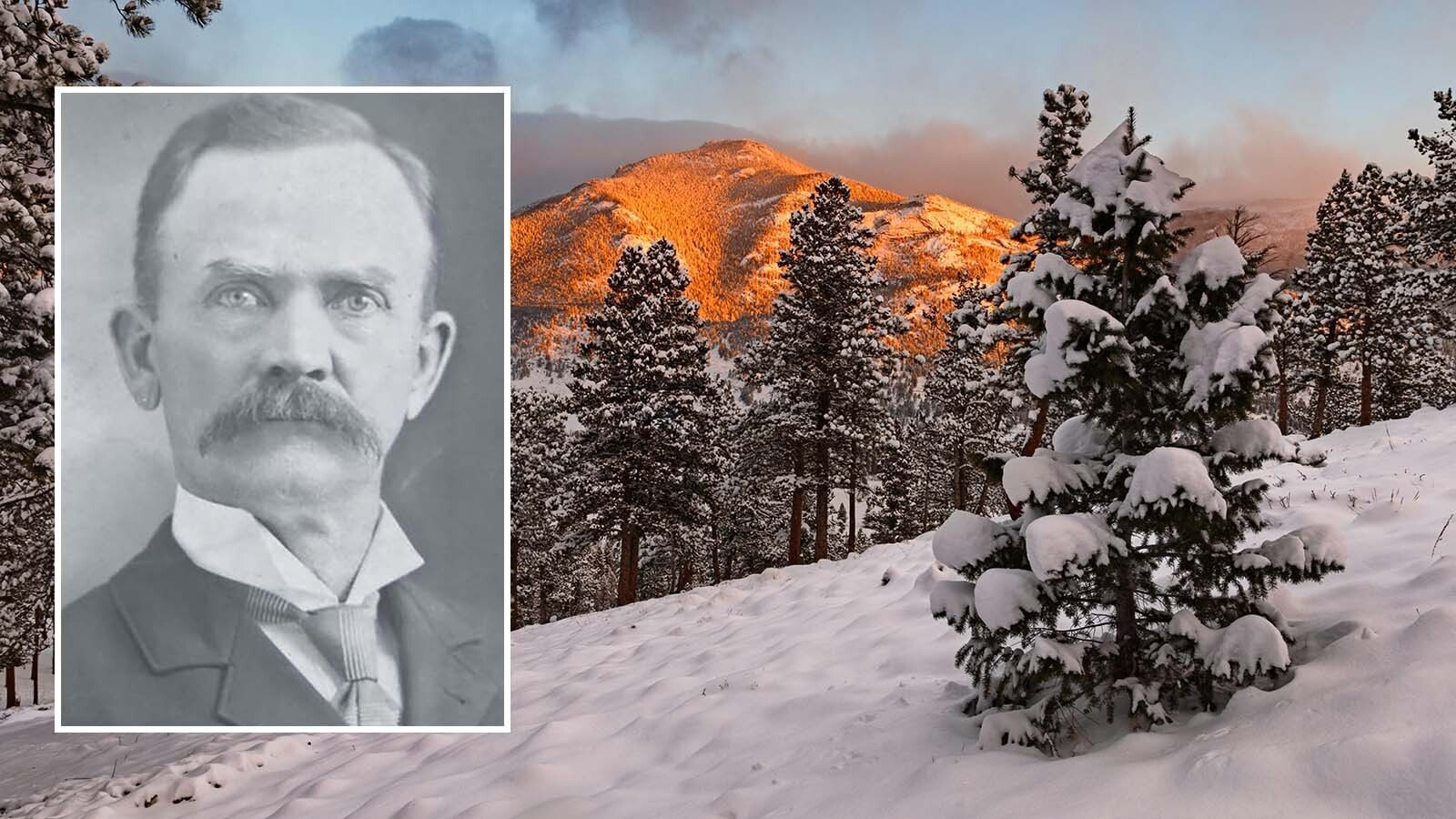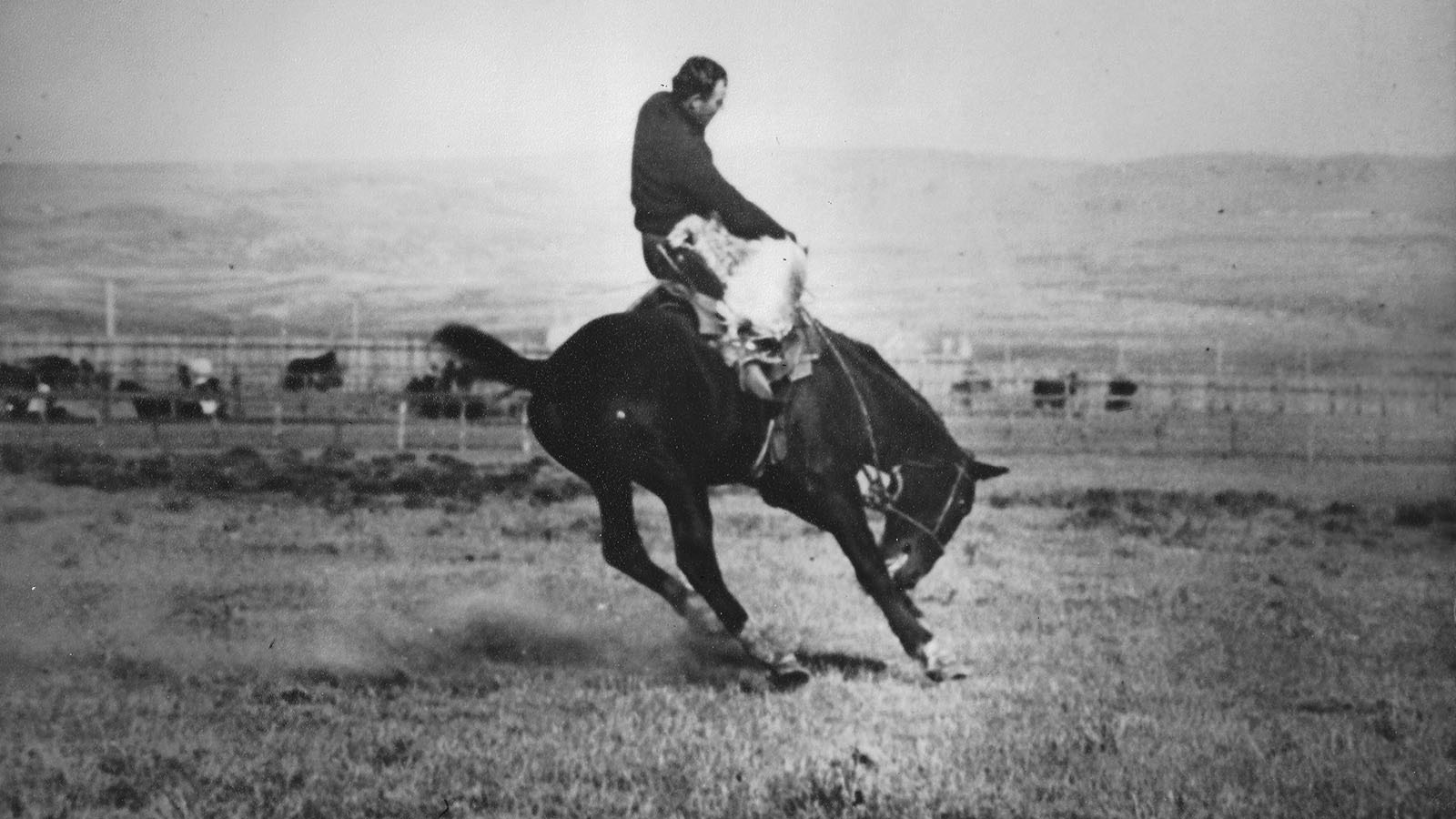When Meriwether Lewis left St. Louis in late summer, 1809, on a trip to the nation’s capital, Tennessee was the furthest thing from his mind. But Lewis never arrived in Washington, and his violent death on the Natchez Trace remains a mystery to this day.
Soon after Lewis and his partner, William Clark, returned to St. Louis in 1806, fresh from their monumental exploration of the American West, Lewis was appointed governor of that vast territory known as Louisiana by his friend and confidant, President Thomas Jefferson.
With headquarters in St. Louis, Lewis pursued his duties as chief executive of the region for more than a year, when, in mid-1809, he decided to journey to Washington to straighten out some territorial finances. While in the east, he also intended to follow up on the publication of the journals kept by Clark and himself during their almost two and a half year, 8,000-mile trip to the Pacific Ocean and back.
Lewis’s original plans called for him to travel down the Mississippi River from St. Louis to New Orleans, then to sail around Florida and up the Atlantic coast to Washington. However, when he arrived at Chickasaw Bluffs, the site of present-day Memphis, he decided instead to march eastward, cross country to the Natchez Trace, and to follow the wilderness road northward to Nashville, thence to Knoxville, and finally to the capital.
On the evening of October 10, 1809, the travel-weary explorer approached Grinder’s Stand, a small hostelry located on the Trace some sixty miles south of Nashville. As he neared the log building, situated in a clearing in the otherwise thick forest, he met Mrs. Robert Grinder, the wife of the owner, who was away at the time. With Lewis were his servant, Pernia, and a slave belonging to Major James Neelly, the agent for the Chickasaw Nation. Neelly was to catch up later.
Lewis asked Mrs. Grinder for accommodations. Later in the evening, after he had finished dining, he retired to a tiny room designated for him by his hostess.
During the night, Mrs. Grinder was awakened by gunshots and, believing that they came from Lewis’s room, she cracked his door open to peek in. Horrified, she found her guest conscious, but with two gaping wounds, one in the head and the other in the chest. When he saw Mrs. Grinder, Lewis cried, “Dear madam, be so good as to give me a little water.”
Rather than retrieve water for the wounded man, the terrified woman refused to enter the room until the sun came up. When she then approached Lewis again, he said, “Dear madam, look at my wounds.” When Mrs. Grinder asked him how he was injured, he gave a strange reply: “If I had not done it somebody else would.” He then exclaimed, “Oh how hard it is to die, I am so strong.”
Within minutes, America’s best-known explorer was dead and one of the nation’s longest-running unsolved mysteries was born. Lewis was interred near the Grinder house, where, years later, a stone monument marking the burial site was erected by the state of Tennessee.
From Nashville, on October 18, 1809, Lewis’s traveling companion, Major Neelly wrote to Thomas Jefferson that “It is with extreme pain that I have to inform you of the death of His Excellency Meriwether Lewis, Governor of upper Louisiana who died the morning of the 11th Instant and I am sorry to say by Suicide.”
Immediately after Lewis’s death, the question arose whether he had actually committed suicide or was the victim of foul play, a common occurrence in those days on the outlaw-infested Natchez Trace.
Former President Thomas Jefferson, who probably knew Lewis as well as anyone else, assumed that his friend had taken his own life. In the introduction to the journals of the expedition to the Pacific which were finally published in 1814, he wrote, “Governor Lewis had, from early life, been subject to hypochondriac afflictions. It was a constitutional disposition in all of the nearer branches of the family of his name and was more immediately inherited by him from his father.”
Of the actual event, Jefferson wrote, “About three o’clock in the night he did the deed which plunged his friends into affliction and deprived his country of one of her most valued citizens.” Yet, if Jefferson knew that Lewis was as hypochondria prone as he indicated, why would he have entrusted him with the command of the most important western exploration in the history of the country?
The possibility of Lewis being plagued with some kind of illness that could have resulted in his possible suicide is reflected in his personal correspondence of the time. Although he confided in a letter to a friend in August before departing St. Louis, that “I shall leave the Territory in the most perfect state of Tranquility,” when he arrived at Chickasaw Bluffs in September, he wrote to President James Madison that he was “much exhausted from the heat of the climate” but that after medicating himself he felt much better.
During his stay at Chickasaw Bluffs, Lewis also wrote to Major Amos Stoddard, the commandant at nearby Fort Pickering, that “my indisposition has induced me to change my rout [to Washington].”
Lewis’s health is also an issue addressed in remarks made by contemporaries upon learning of his death. The eminent Philadelphia artist, Charles Willson Peale wrote to his son, Rembrandt, in November 1809, declaring that “Governor Lewis has destroyed himself,” adding that “It is said that he had been sometime past in bad health & showed evident signs of disarrangement.”
Was Lewis’s demise perpetrated by suicide or murder? To this day, no one knows for sure.
Despite modern tests by forensic scientists from George Washington University, the truth of the matter is, that unless the body of Meriwether Lewis is exhumed and scientifically examined, it will never be known whether this icon of American history lost his life on Middle Tennessee’s Natchez Trace from his own hand or if he was brutally murdered by suspects unknown.
For those readers who care to read more about this fascinating episode in American history, I recommend the following titles:
Vardis Fisher. Suicide or Murder? The Strange Death of Governor Meriwether Lewis. Chicago: The Swallow Press, 1962.
James E. Starrs and Kira Gale. The Death of Meriwether Lewis: A Historic Crime Scene Investigation. Omaha NE: River Junction Press, 2009.
John D. W. Guice, Editor. By His Own Hand? The Mysterious Death of Meriwether Lewis. Norman: University of Oklahoma Press, 2006.
James A. Crutchfield can be reached at TNcrutch@aol.com





